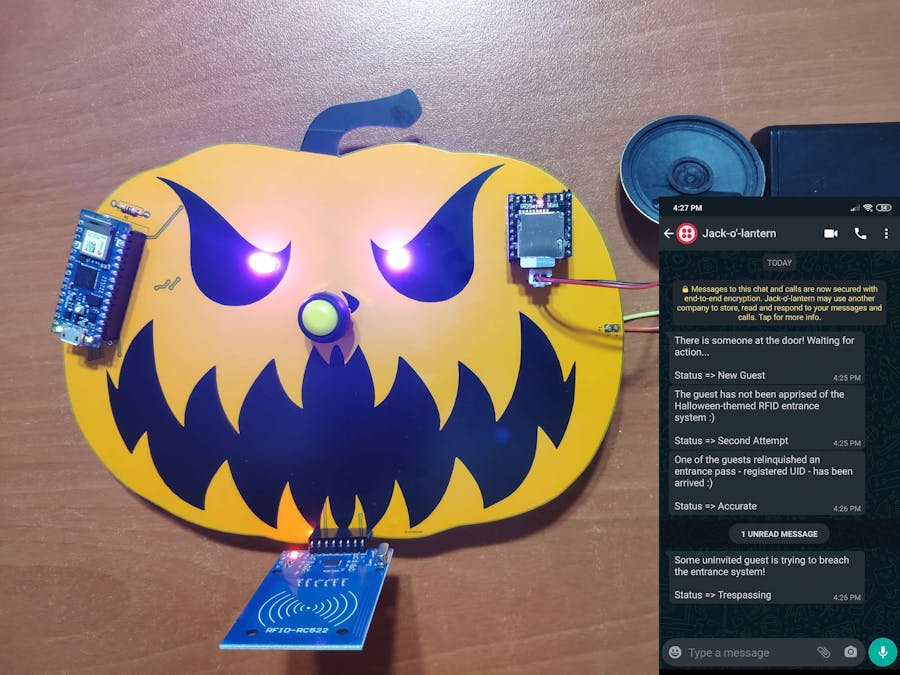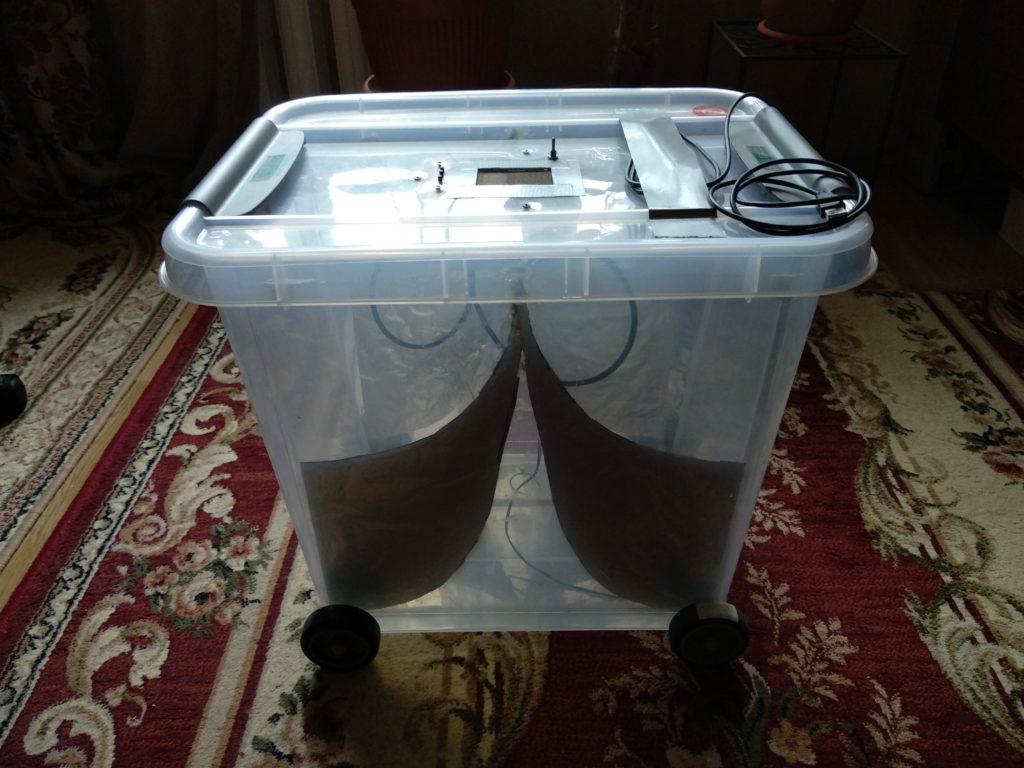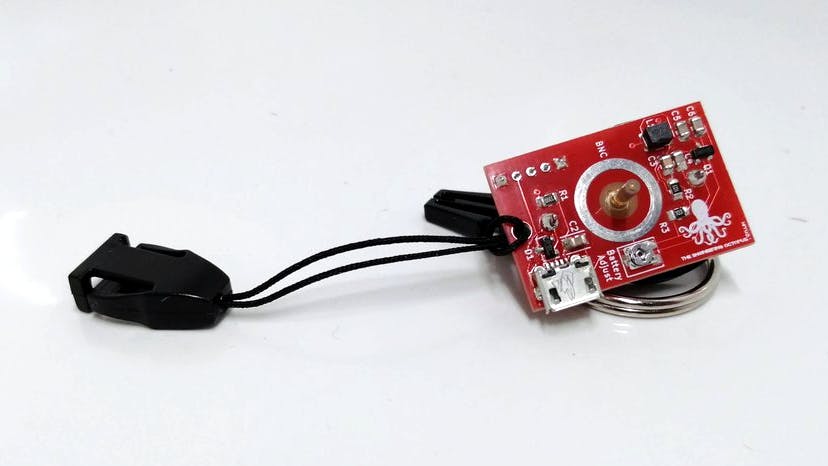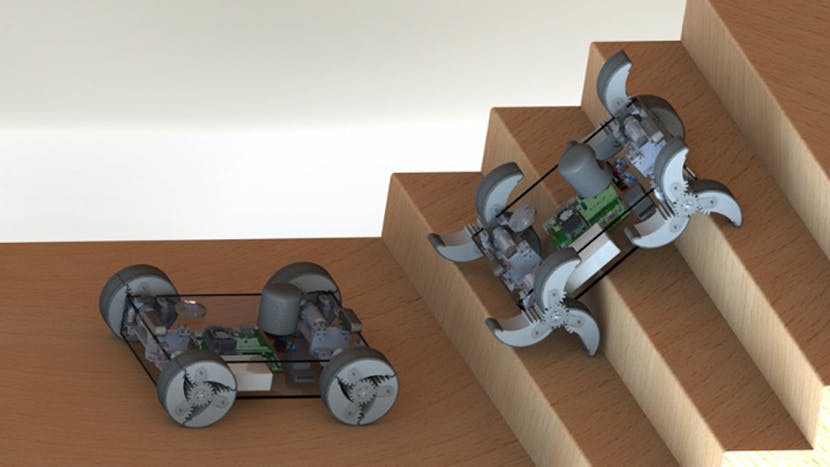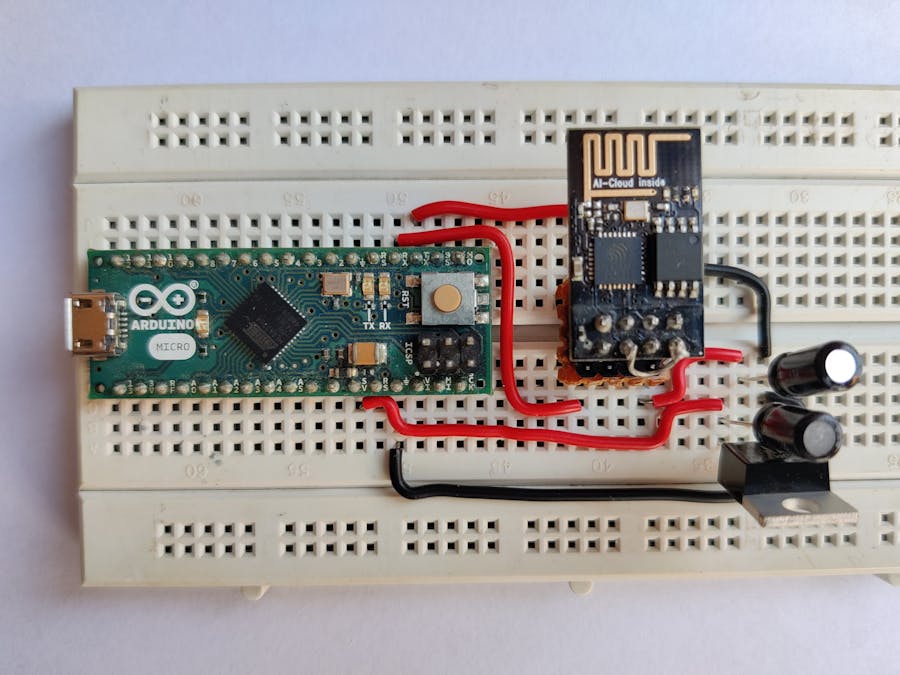Most people remember bulletin board systems as having chunky text-based graphics. One developer tried fixing that, but RIPscrip ran head-first into the web.
Today in Tedium: Bulletin boards, love them or hate them, quickly became relics of their time for a few reasons. One of the most visible, for obvious reasons, was the graphics. Say what you will about the gracefulness of a text interface with colorful ANSI graphics, but for many consumers, it could simply not compete with the literal photos and graphical user interfaces of the World Wide Web. Bulletin board operators, some of whom had built out sizable businesses around their onetime hobbies, were aware of this problem, though, and were trying to help build a second life for their systems that modernized them for the next generation. And that meant getting graphical. Problem was, the digital climate was moving too fast even for nice graphics. Today’s Tedium talks about efforts to give BBSes graphics and why RIPscrip, as the most popular effort was called, might have been secretly ahead of its time.


